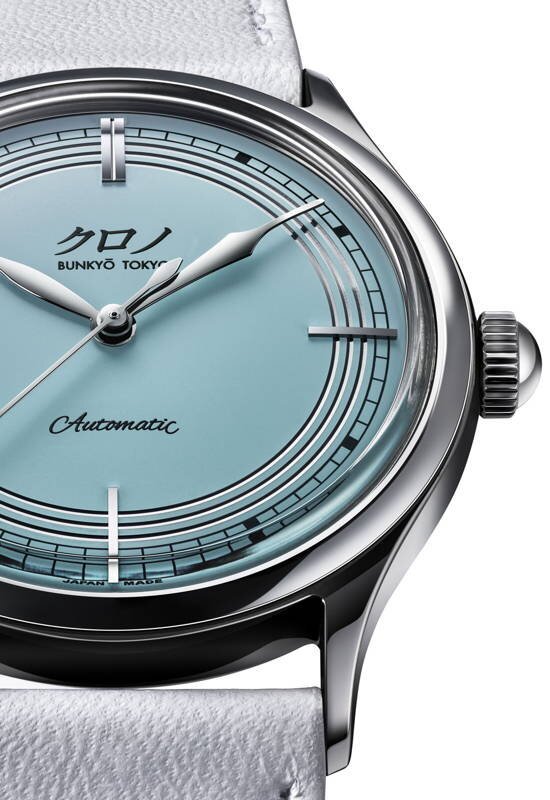
Kurono Bans Men
Share
Kurono’s recent Seiji model has banned men from the allocation. In their allocaiton method, they explicitly state “All nominees or applicants must identify as female. Male nominees will be denied.” In many countries – for example Australia – this would be illegal.
Why? And is this a good idea?
Why has Kurono done this?
The clear answer is marketing. Kurono notes in their copy that relativley few of their buyers are female. Their copy reads as if this is due to men crowding out women from the market. They ignore that any other watch seller is willing to sell to people regardless of gender identity. This is even more the case in the secondary market. Thus, the explanation appears confected and hollow.
The likely explanation is sales and marketing: Kurono wants women in its sales and marketing database. This is likely for a few reasons:
-
It appears that Kurono has relatively few female buyers. This might be because of a lack of brand awareness amongst women. Kurono is potentially using this as a way to raise awareness through the vaneer of faux exclusivity.
-
The marketing creates a greater appearance of exclusivity by restircting men. This might drive demand, albeit potentially by men using their partners to get an allocation.
-
Kurono has likely realized that the more people it has in its marketing database, the more potential sales they might drive. Tautologically, the more people on your sales database, the more people you can advertise to.
-
There is a (quite possibly false) stereotype that there are fewer female watch geeks. Kurono might be playing into that stereotype, hoping that they will have more “retail” buyers. These buyers might be easier to sell to.
Thus, Kurono’s move appears to be all sales and marketing. It is a path to sell more watches.
Why this is a stupid idea
The idea of discriminating against anyone on the basis of gender identity is repugnant. It is also illegal in many countries. This alone makes the idea stupid.
Legality
Let us take Australia as an example. In Australia, The Sex Discrimination Act 1984 prohibits discrimination on the basis of gender identity when selling goods (Section 22). Discrimination includes preventing one gender from buying directly from the manufacturer and forcing them to buy in the secondary market.
There are some exemptions. These include situations where the good is of the nature that can only accrue to one gender or personal services. However, a watch is not of that nature. A 37mm watch especially is appropriate for any gender.
A seller might try to invoke Section 7D. Section 7D provides an exemption for actions designed to achieve “substantive equality” between the genders. Notably,
-
This is premised on there being some inequality to solve (See Section 7D(4)). Further, if there is equality of choice but women choose not to buy a good (say) there would not be any inequality as both genders had equal access to the good beforehand.
-
The legislation does not pertain to “numerical equality”. It pertains to “substantive equality”. Thus, a measure taken merely to ensure equal numbers of men and women (viz a quota) would not be acceptable. Rather, it would have to ensure that people of similar capabilities had similar access. If merely achieving numerical equality were acceptable, the legislation would have specifically used that language.
Thus, in Australia, Kurono’s actions would be illegal.
The remedies would likely be minor. A disgruntled putative customer could take the company to the commissioner. This is relatively costless. The commissioner would take the matter to conciliation or refer it to court if need be. However, it is clear that a court would injunct a company from discriminatory sales practices and might award punitive damages (even if compensatory damages would be negligible).
Repugnance
It is further repugnant that Kurono would buy into outdated gender stereotypes. They seem to assume that men cannot wear “womens” watches and women cannot wear “mens” watches. Rather, one should wear whichever watch one feels comfortable in. Artificial distinctions of that type are a backward step.
It is also poor marketing. It co-opts gender equality language for what appears to be a marketing gimmick. And, anecdotally, many of the “real” buyers are men who will use their partners to access an allocation. This, indeed, is precisely the opposite effect of any supposed gender equality push.
Kurono would do well to reconsider such discriminatory sales practices.